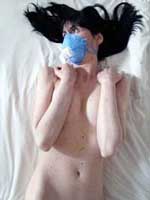 In June, the online magazine Delirio published an article about Multiple Chemical Sensitivity (MCS), in which Eva Caballé, the brilliant Spanish MCS blogger at NO FUN, presented herself naked in front of the camera and wrote about “The Naked Truth of MCS.”
In June, the online magazine Delirio published an article about Multiple Chemical Sensitivity (MCS), in which Eva Caballé, the brilliant Spanish MCS blogger at NO FUN, presented herself naked in front of the camera and wrote about “The Naked Truth of MCS.”
For other countries, it often looks like chemically sensitive patients in Germany get more medical help than anywhere else since MCS is recognized as a physical disease in our country. It’s true that MCS is registered as a physical disease and has the ICD-10 code T78.4, which lists MCS in the chapter on injuries and intoxicants. MCS is recognized as a physical disability as well (26.14). But the reality for people with Chemical Sensitivity is hard and bitter. Many are fighting at court to get their disability recognized, but even when having numerous medical reports confirming their condition, they usually loose. Because, like in other countries, sickness from chemicals and modern living is not truly recognized but rather swept under the carpet even though we exist and suffer every day.
Further, in Germany, people with MCS are neglected by society. There are people who are homeless because of MCS. Many have lost their jobs or houses. Many are neglected by their relatives because family members do not understand the disease and are not willing to change habits for their sick loved one. Further still, the chemically sensitive people here in Germany are systematically declared mentally ill or having only psychosomatic symptoms.
Medical Assistance focused on Chemical Sensitivity doesn’t exist in Germany. We still have no adequate clinic with special environmentally controlled rooms where the very sick can be treated. Most environmental doctors don’t diagnose MCS because they fear harassment.
MCS is recognized as a physical disability in Germany but the “unseen” barriers are still everywhere. In public buildings you can still find air fresheners in nearly all bathrooms, harsh chemical cleaners all over the building, and perfumed employees everywhere, so none of us can go there without developing severe physical symptoms. Children who are severely chemically sensitive have no chance to visit a public school or university. We have no such thing as scent-free policies in workplaces, schools, public buildings or departments.
We people with Chemical Sensitivity here in Germany can, like people from many other countries all over the world, shake hands with the Spanish MCS sufferers, because we, too, are left naked and without any help. Our chemically sensitive people cry for help without any response each day, too.
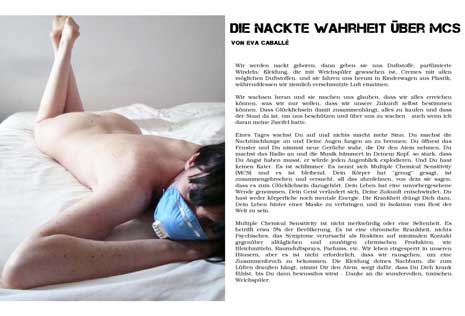
The naked Truth about MCS
from Eva Caballé
We are born naked, they give us cologne, perfumed nappies, clothes washed with softeners, creams with all kinds of possible aromas, and they drive us in plastic stroller while we breathe nice polluted air.
We grow up and they make us believe that we can achieve anything we want, that we can write our future, that the happiness is based in buy everything and the state is here to protect and watch over us, although I had my doubts.
One day, you wake up and nothing has sense. You switch on the table lamp and your eyes get burnt; you open the window and perceive new smells that don’t let you breathe. You turn on the radio and the music booms in your head, so much that you fear it will explode. And you don’t have a hangover. It’s worse. It’s been called Multiple Chemical Sensitivity (MCS) and has come to stay. Your body has said “enough”, has been broken and starts rejecting everything that they told you was essential for your happiness. Your life has taken an unexpected turn, your mind changes, your future vanishes, you don’t have physical nor mental energy. The disease forces you to live your life behind a mask and have been in isolation from the outside world.
Multiple Chemical Sensitivity is not strange, nor a minority. It affects to the 5% of the population. It’s a chronic disease, not psychological, which causes symptoms as a response to a minimal exposure to usual and unnecessary chemical products like bleach, air fresheners, perfumes, etc. We live locked in our houses but it’s not necessary to go out to have a crisis. Your neighbour’s cloths airing outside suffocate you, make you feel sick until you loose consciousness, thanks to the wonderful toxic softeners.
The World Health Organization (WHO) don’t recognize MCS as a disease yet, in spite of having in their possession innumerable studies that prove its existence and the European Parliament includes it inside the growing number of diseases related to environmental factors. The reason is the pressure that the chemical and pharmaceutical industry exerts for not recognize it, because MCS is caused by the chemical products that we use to consume. The economical interests in front of our health. In countries which this problem is recognized, like Germany, medical assistance and financial aids towards it are provided, and in some other countries it is being considered at the moment.
And what’s the situation in Spain? We don’t exist to our paternal government. On top of the drama of suffering MCS, they abandon us, without medical assistance and without any right to a disability benefit when we can’t work. They leave us naked and unprotected, like second class citizens, because we’re the evidence that the current model of society has failed, although nobody wants to see it or to take measures to sort it out.
They too steal any hopes we might have of feeling better. Pharmacists finance research only when they can obtain any profit. As a result of this, minority diseases don’t get research, not even MCS, which affect to the 5% of the population. The chemical and pharmaceutical industry knows that we get sick because we’re intoxicated and the key is not any medicine that will make them rich. The key is to change the model of this society, decreasing the big quantity of chemical products to which we’re exposed each day. Obviously, this can’t be known and they try to deny that MCS exists, because their economical interests would be at stake.
The chemical industry, supported by the government, doesn’t have the right to subjugate the population to the involuntary exposure to chemical substances, whose effects are often unknown. When we develop MCS, we must throw away perfumes, softeners, plastics, etc., to be naked again. We born again, but it’s a new life that we don’t choose. We know by the researches that have been done that MCS has genetic components, so not anybody could develop it, although this doesn’t save you to accumulate toxics until you have a cancer or any other disease related to environmental factors.
Those who suffer MCS want the disease to be recognized; we want to have the same rights as the other chronically ill people; we want society to know the risk they are under; we want the government to protect its citizens and prevent them from getting sick at no cost for them.
We don’t want anybody feeling naked again as a result of suffering MCS.
Photos and text published with author’s permission. Thank you very much Eva!
Foreword: Silvia K. Müller, CSN – Chemical Sensitivity Network, June 2009
Original Article “The naked Truth about MCS”
Canary Report: “The naked Truth about MCS”
Document and English translation – claissification of MCS as physical disease in Germany
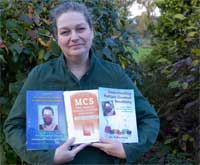 Els: “My goal is to bring more understanding and acceptance about this environmental illness and spread the knowledge as far and as much as possible. I hope young people, supplied with the facts, will not end up like me. Had I received this information 10 years ago, I would not have had to live the life of a recluse”.
Els: “My goal is to bring more understanding and acceptance about this environmental illness and spread the knowledge as far and as much as possible. I hope young people, supplied with the facts, will not end up like me. Had I received this information 10 years ago, I would not have had to live the life of a recluse”.
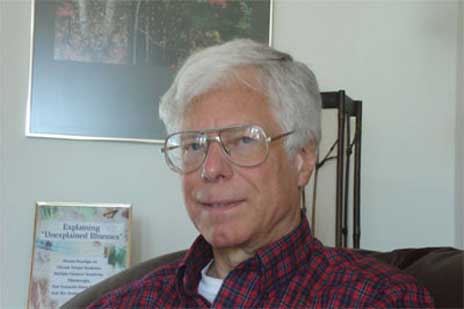
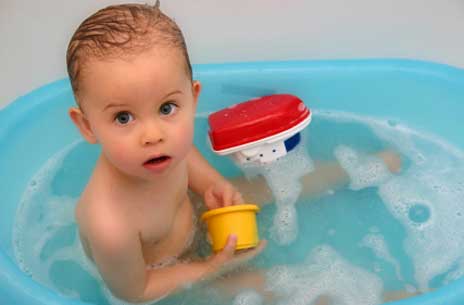


 PHILADELPHIA
PHILADELPHIA